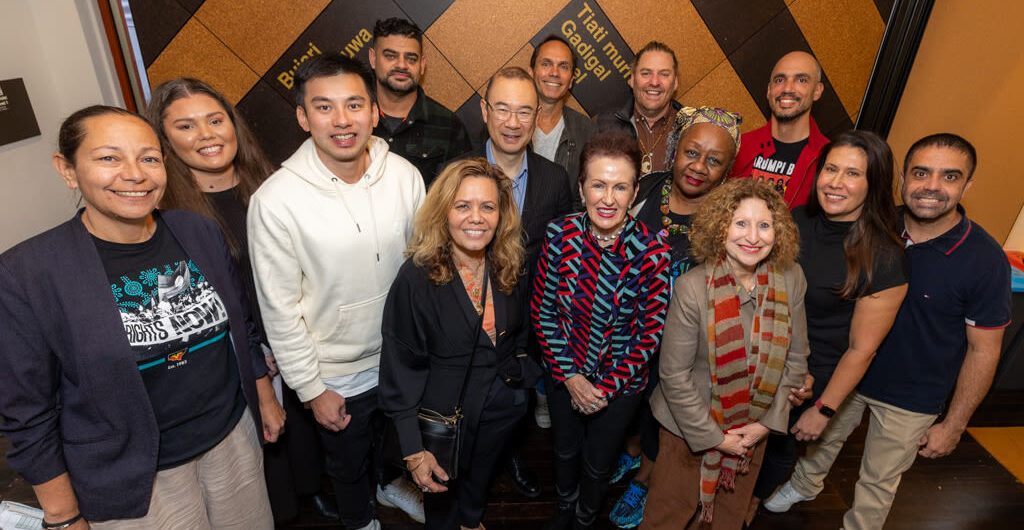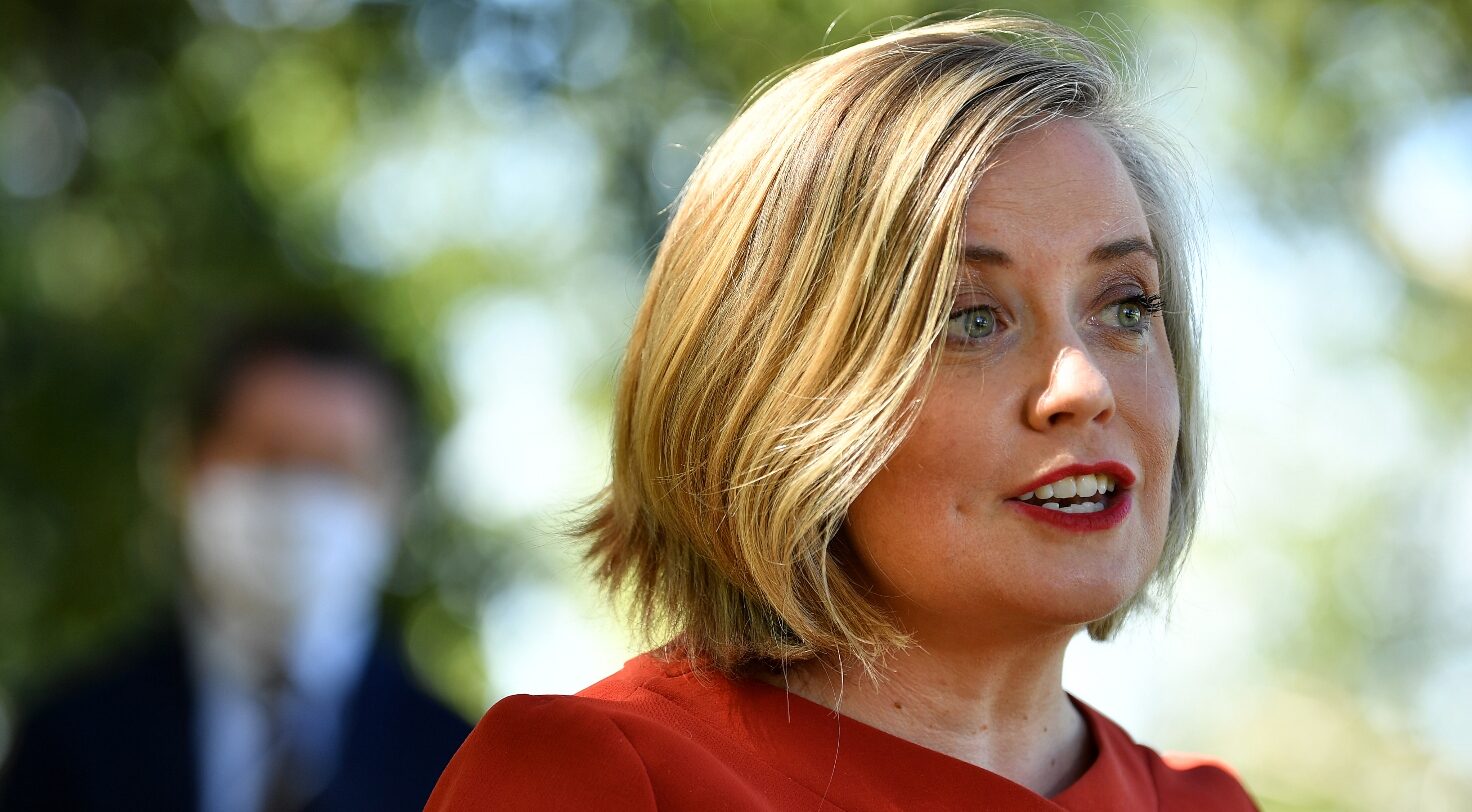
App for healthy diets

A new app for improving eating habits could lower the incidence of heart disease according to its developers, but health industry experts doubt its effectiveness with changing diets.
Developed by Bupa and Sydney University’s The George Institute, FoodSwitch was launched for iPhone users on Tuesday, January 17 and quickly attracted 25,000 subscribers.
The smartphone tool scans the barcode of food items and displays green, amber and red buttons depending on its nutritional value. Each product is assessed for its total fats, saturated fats, sugars, salt and energy.
Professor Bruce Neal at the Institute said the traffic light labeling is aimed at steering consumers away from unhealthy products with an easy-to-read breakdown of food composition.
“The current labeling is undecipherable, it’s in tiny font and talks about chemicals … you’d need thick glasses and a PhD to understand it,” he said.
After scanning an item, the grocery shopper will see a list of similar and healthier alternatives. “For the last three to five years, we have been compiling information on the Australian food supply, entering nutritional labels in databases,” Dr Neal said.
The database has 20,000 items, a list which has since grown by at least 2500 with the help of new users who send in suggestions.
“Most premature cardiovascular disease is attributed to lifestyle and poor diet,” Dr Neal said. “If you could get people to eat more healthily and a little bit more less, then that would make a massive difference.”
Dr Alan Barclay of the Dieticians Association of Australia said there is no evidence to suggest the app will impact eating habits. “This is based on research in the UK and also in Australia on the use of traffic-light labeling,” he said.
“Those who look at health labels are already health conscious so you’re really preaching to the converted.”
The app was criticised for oversimplifying nutritional information. He said milk would appear mostly in red because of the fat content and soft drinks would appear mostly in green, apart from sugars.
“A front-of-pack labeling scheme is needed but a hybrid system with a daily intake visual with colour coding and text as well,” Dr Barclay said.
He cited the federal government’s Labelling Logic report, released last year by Dr Neal Blewett AC, which calls for a variety of nutritional labels.

Public Health Association Australia’s CEO Michael Moore said the app was a huge step forward.
“The industry represented by the grocery food sector has strongly resisted traffic light labeling,” he said. “We’re interested in two main goals – one is changing consumer behaviour, the other is to push industry to reformulate.”
While FoodSwitch can assist shoppers with individual items, there is no function for calculating a list of products. “What we’re interested in is the whole supermarket trolley,” Mr Moore said.
The app’s cheat-sheet abilities are currently limited to iPhone users.
“Those who are least health literate and of poor socioeconomic status are least likely to use this app and they’re the ones who need it most,”
he said.
FoodSwitch researcher Dr Neal said the app would be updated soon and an Android version would be released in five to seven weeks.
Curator of information technology at the Powerhouse Museum, Campbell Bickerstaff, said he would be more impressed if it was for all smart phones. “I wonder if it’s just something people will try out for a while and get tired of it.”
“Changing eating habits requires more than an app,” he said. “It’s about lifestyle and takes incredible vigilance when we live in a world of transfats and one with endemic depression. It takes something drastic to maintain a long and healthy life.”









